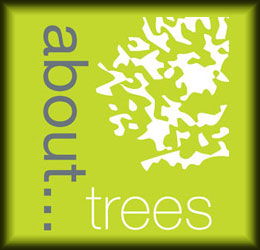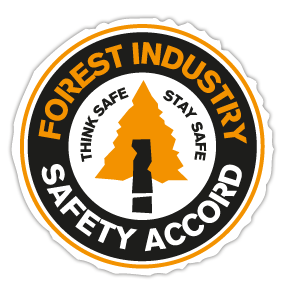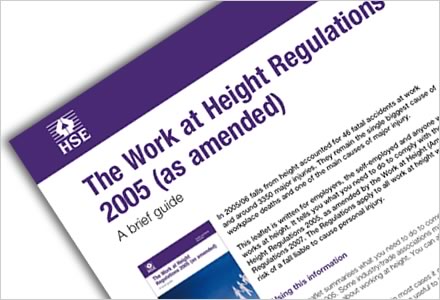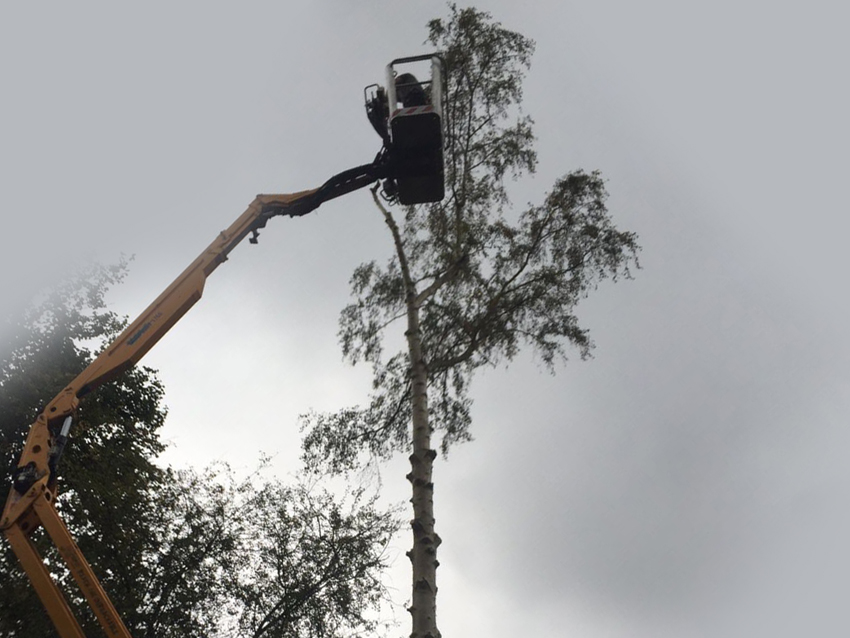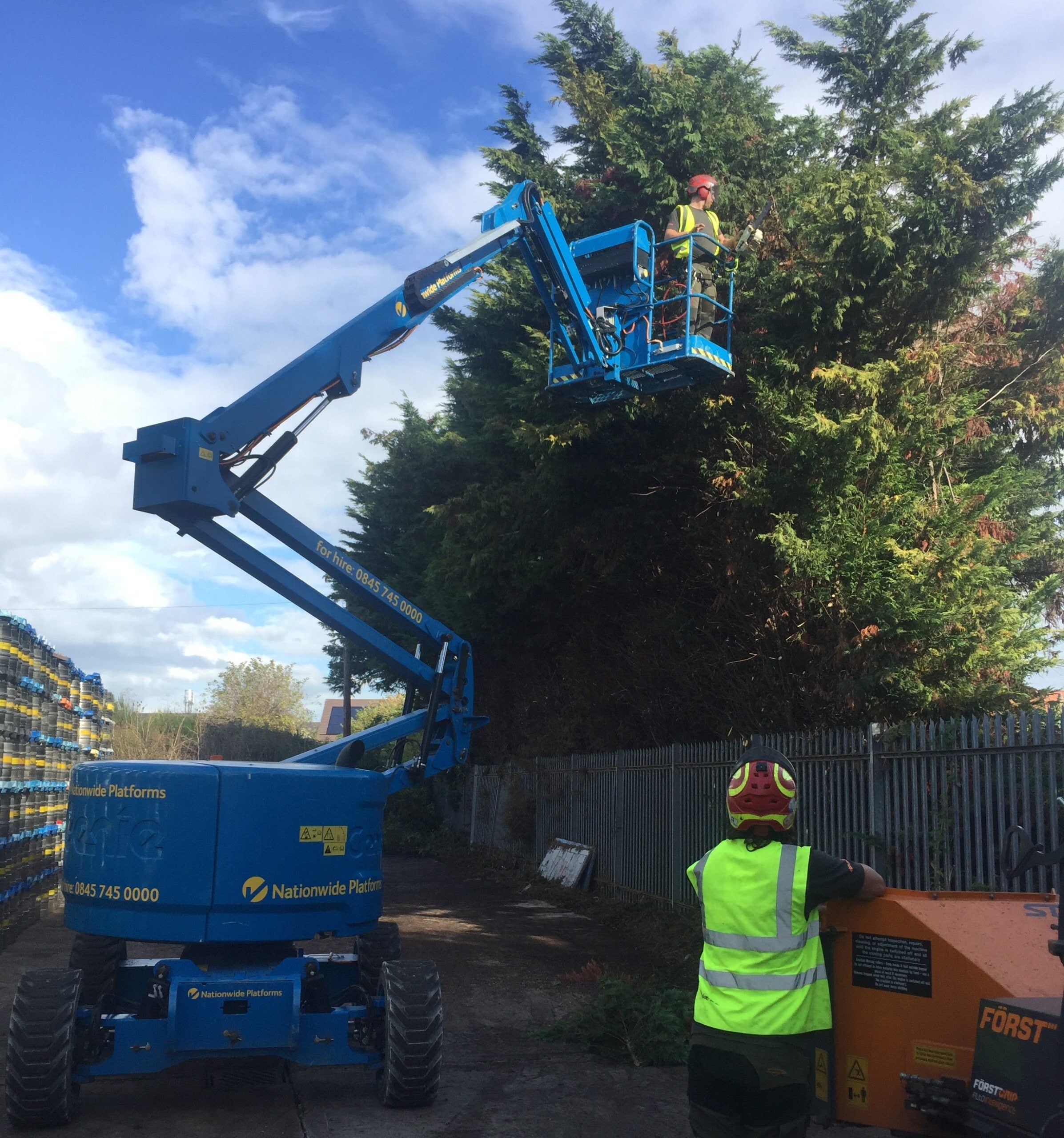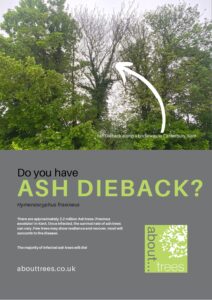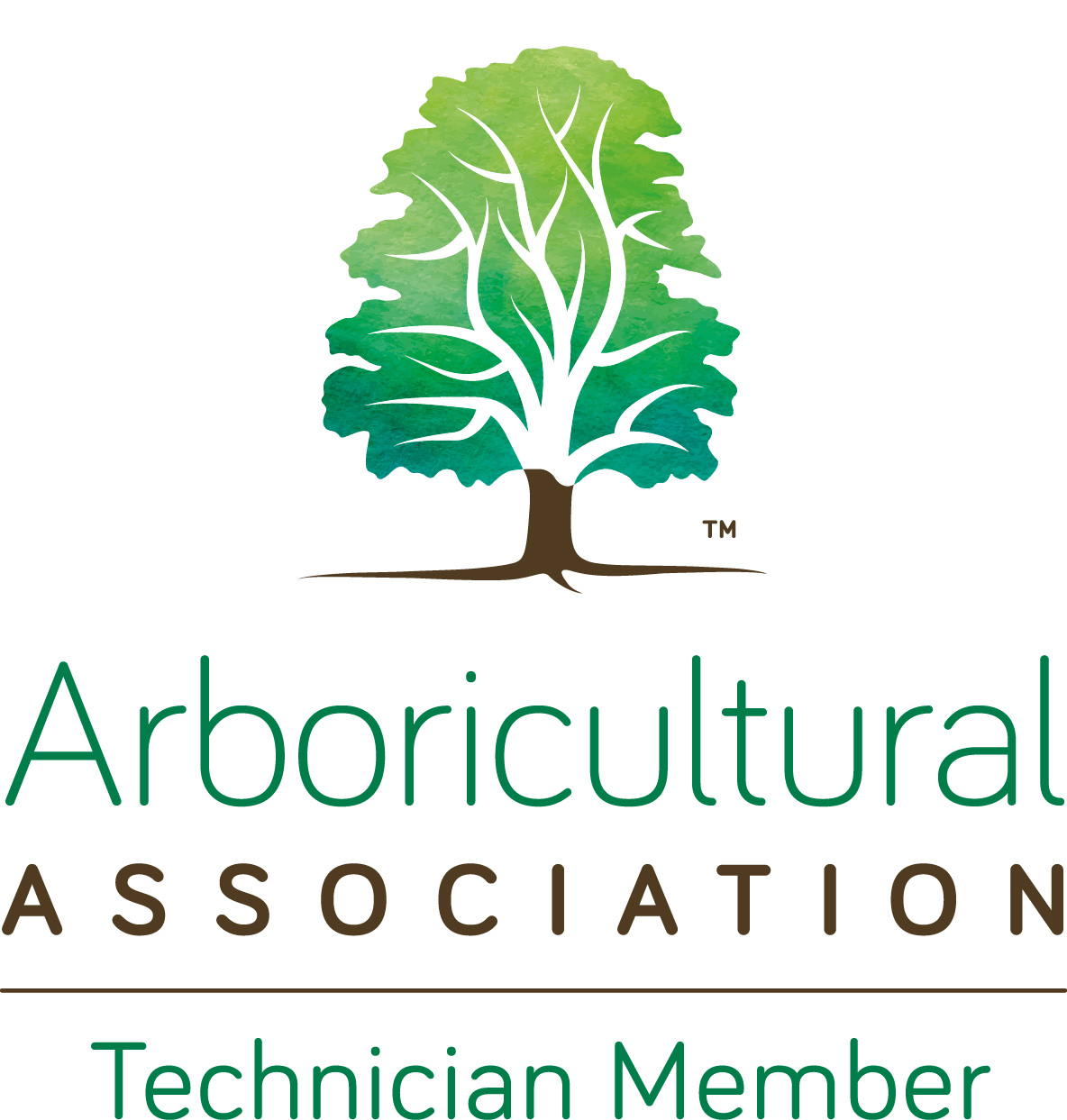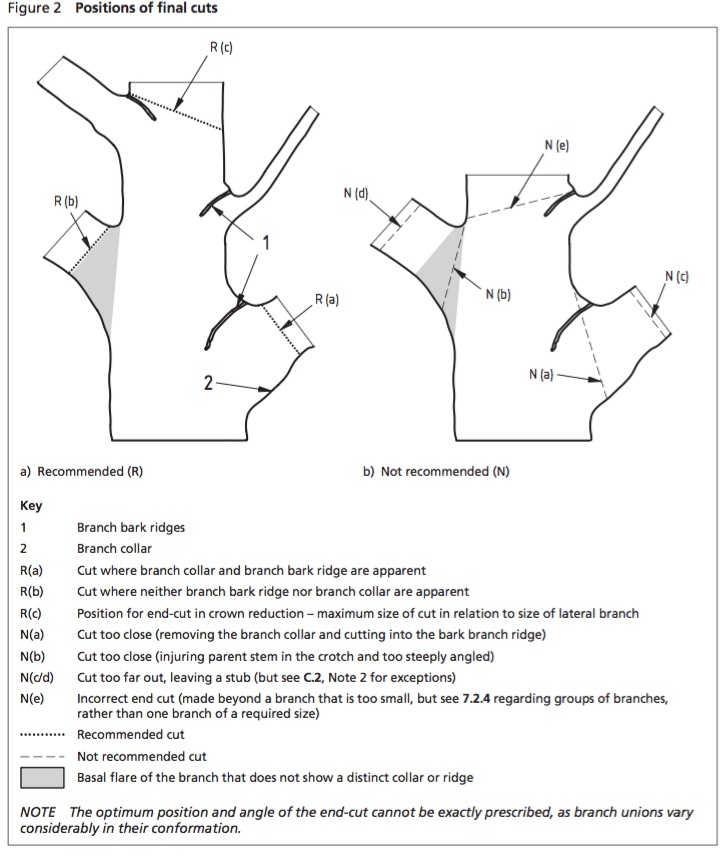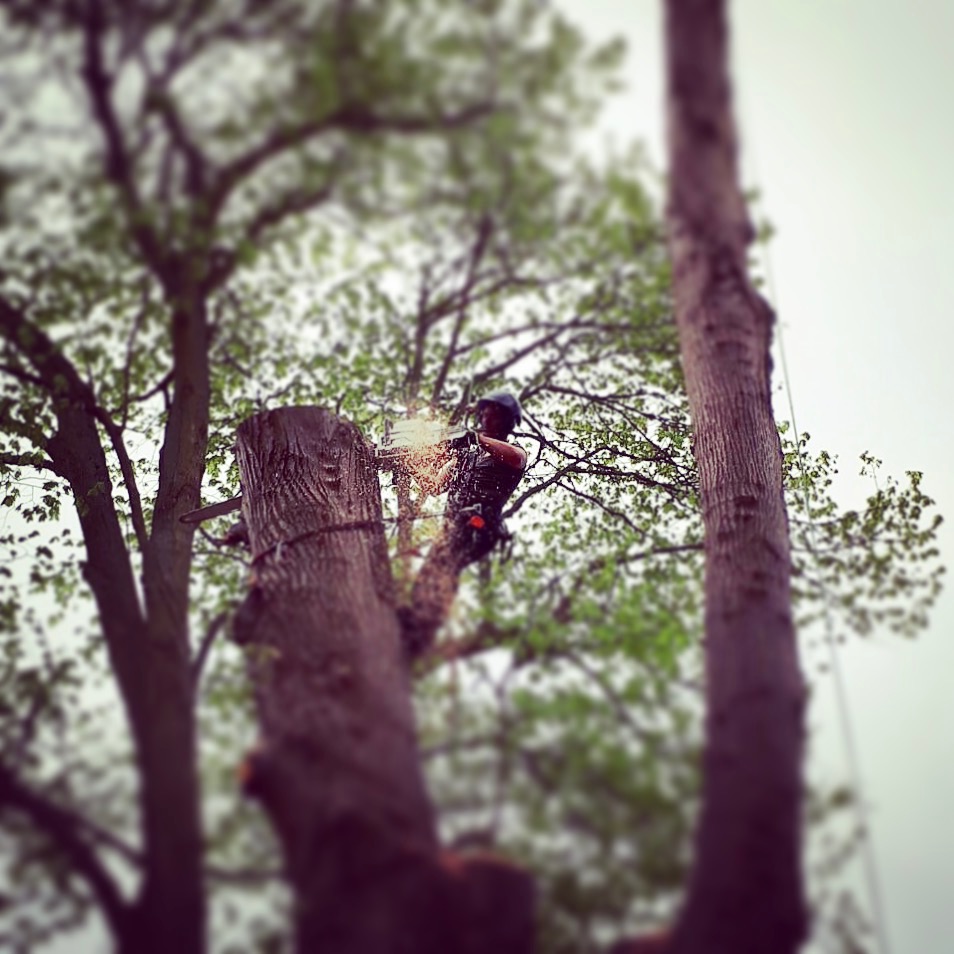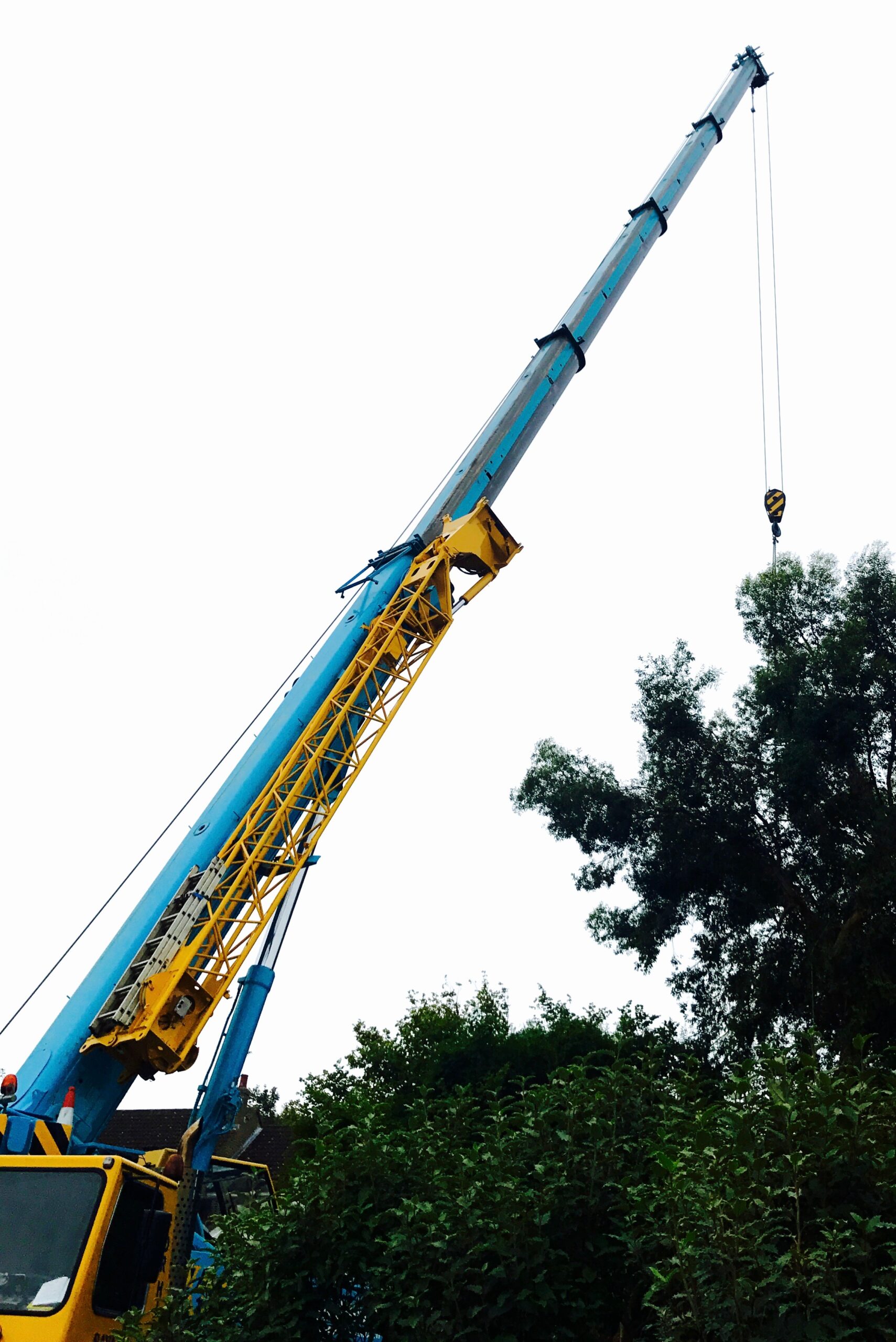Spotting the signs and knowing what can happen if Ash Dieback isn’t properly treated
Ash Dieback has become a serious issue in recent decades, with the disease targeting ash trees throughout the UK and causing their death. In this article, we’ll cover how individuals can spot the early signs of Ash Dieback, how they can inform themselves of what happens if the disease isn’t properly treated, and what they can do to stop the disease from spreading.
Ash Dieback is an incredibly destructive disease, which is currently affecting the UK’s native ash species and leading to damage to our natural ecosystems.
The disease, which is caused by a fungus named Hymenoscyphus fraxineus, was first identified in 2006. It is believed to be of Eastern Asian origin, but has spread throughout many parts of Europe in recent decades. Ash Dieback’s spread was so chronic that it even led the New Scientist magazine to ask the question of whether or not Europe’s ash trees were “finished”, due to the disease’s seemingly unstoppable spread.
The disease was first found in the UK in 2012. While there have been many attempts to mitigate or halt the spread of it in the years since then, it continues to be present throughout much of the UK.
Tree maintenance groups, environmental groups, and other governing bodies throughout the UK are working hard to continue fighting against the spread of Ash Dieback. But individuals in the UK can also play their part, by understanding the disease and alerting relevant groups to its presence in specific areas.
Here’s everything you need to know about spotting the signs of Ash Dieback, what can happen to ash trees if the disease is not properly treated as we answer the question ‘How Serious Is Ash Dieback?’.
What is ash dieback?
Ash Dieback, scientifically known as Hymenoscyphus fraxineus, is a fungal disease that specifically targets ash trees.
Likely originating from Asia, Ash Dieback is an invasive pathogen that has spread across Europe, the British Isles, and North America. The fungus infects trees through their leaves, and can quickly spread throughout the entire tree, ultimately leading to its death. The spores of the fungus can be transmitted by wind, which explains the rapid spread of the disease throughout various countries and continents.
What telltale signs should I look out for when it comes to spotting Ash Dieback?
When trying to identify Ash Dieback, there are several key signs to look out for.
One of the biggest early warning signs to look out for is Crown Dieback, meaning the death or withering of branches at the top of the tree. Premature leaf loss and reduced canopy density are also common characteristics.
Another notable symptom is the wilting and blackening of the leaves, particularly at the tips and edges (leaves which are affected by the disease will often give off the appearance that they have been “burnt”).
As the disease progresses, you may also observe diamond-shaped lesions on the bark (although the exact shape can often vary). These lesions indicate the disease’s invasion within the bark and the tree’s tissue. Additionally, the presence of small, white fruiting bodies on the bark can indicate a severe infection.
Why should I be worried about Ash Dieback?
Ash Dieback poses a genuine, existential threat to both individual ash trees and entire ecosystems.
If left untreated, the disease can lead to the widespread death of ash trees, which are a crucial component of the landscapes and habitats in Kent and, indeed, in counties throughout the UK.
Beyond the obvious aesthetic benefits of having plenty of beautiful ash trees in our natural environments, society should always be made aware that ash trees provide essential ecological services, such as habitat for wildlife, carbon sequestration, and soil stabilisation. The loss of these trees on a widespread basis will almost certainly have knock-on effects on the UK’s biodiversity and ecosystem health.
Got it. What should I do if I spot Ash Dieback?
If you suspect that an ash tree is infected with Ash Dieback, it is essential to act promptly to prevent the spread of the disease. Contact a professional arborist, tree surgeon, arboriculturist, or forestry expert – such as About Trees Ltd – to confirm the diagnosis and discuss treatment options. While there is no cure for Ash Dieback, early detection can play a massive role in minimising the disease’s spread.
About Trees Ltd has been proud to play a decisive role in fighting against Ash Dieback in the UK, ensuring that our country’s natural habitats stay healthy and full of life.
Conclusion: Spot the signs – get the treatment
When we think back to the question “How Serious is Ash Dieback?”, we hope you’ll agree based on our blog that it is a fairly strong disease affecting UK trees.
Individuals who are armed with the knowledge of how to spot the signs of Ash Dieback – such as wilting or darkened leaves, Crown Dieback, Lesions on the bark, or epicormic growth (meaning shoots growing from the trunk or branches) – will be well-placed to contact professionals who can deal with the issue.
About Trees Ltd are committed to preserving the health of trees in the UK – as well as fighting back against Ash Dieback.
If you believe you have a case of Ash Dieback, then please get in touch to find out how we can help.

